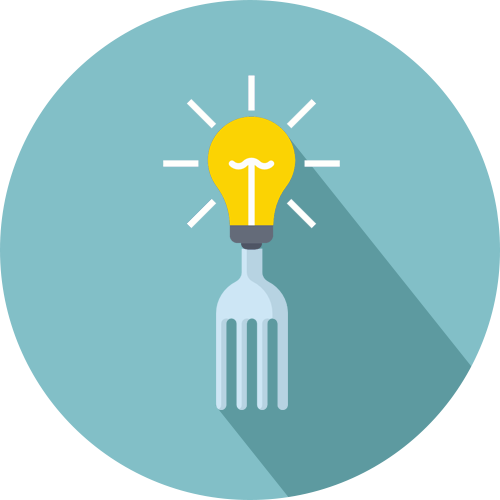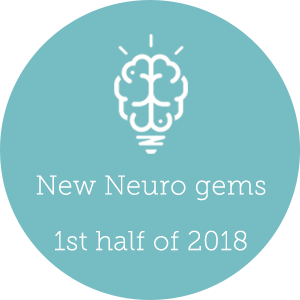A New Excuse To Use When You Order Fast Food
Relevant topics Archive, Strategy
Have you ever been to a pub with the intention of doing just a few drinks and going home early, only to stay until closing time? A lot of people probably have. If you are one of them, have you ever wondered why you've indulged yourself much more than intended? There are several excuses you could tell yourself to justify staying longer than you should have. Maybe it was a really good night out and it would have been a shame to miss it. Maybe the DJ was playing your favorite music. Or maybe you're just bad at planning.
A less common excuse is the dim lighting in the pub. Few people will believe you if you tell them that your hangover is caused by the lighting in the pub. However, research has indicated that this may have a significant effect on your night out after all. It turns out that the amount of light does more than just setting the atmosphere.
Light as a convenient excuse
First of all, the use of light to create a certain atmosphere is a tried and tested approach that many retailers and bars use. If you want to make it cozy, turn down the lights. Turn up the lights if you want to create a more 'responsible' atmosphere. Nothing new so far. Light stimulates and activates the brain, as has been demonstrated by ample research. The absence of light has the opposite effect and 'deactivates' the brain.
In scientific terms: the amount of light luminance is positively correlated with the amount of mental arousal and activity in the brain. That means people will be more mentally 'awake' when there is more light and less so when there is less light around. The more mentally awake people are, the more sound their decisions tend to be.
New research by Biswas, Szocs, Wansink and Chacko (2016) has now found this principle to hold in the context of restaurants as well. More specifically, they've researched the influence of luminance on healthy versus unhealthy food choices in restaurants. That is whether customers would choose more healthy meals if the lights where bright and less healthy meals if the lights are dim.
In five studies, the researchers focused on the effect of light luminance on the choice of either healthy or unhealthy meals. What they've found was that when the light in the room was more luminant, participants chose healthier meals. When the lights were turned down, participants preferred unhealthy meals.
Nudging with just the flip of a switch
Restaurant owners can use these findings to their advantage, stimulating consumers to choose either healthy or unhealthy meals. For example, a fast food outlet could profit from turning down the lights. The decrease in lighting might cause their customers not only to crave that extra milkshake, but to actually get it. A restaurant with a more healthy menu on the other hand, could profit from turning up the lights. An increase in lighting might cause their customers to get more appetite for the healthy meals on the menu.
The question you should ask yourself is whether you want your customers to take conscious and deliberate decisions, or if you want them not to think about it too much and to just go with the flow. Do you want your customers to focus, think about what they're doing and take decent decisions? Use more lighting. Do you want your customers to have fun and think less instead? Dim the lights down. The theoretic principle can be simplified to say that more light influences people to take more conscious decisions.
Boundaries
Of course, it's not as simple as just using the light switch and watching your sales skyrocket. Light is just one of many factors that make up an atmosphere and it's that overall atmosphere that you'll need to get right. If the overall atmosphere isn't right, you're going to miss your mark. The light switch should therefore be one of the weapons in your arsenal, but by no means the only one.
Another limitation is that most people go to fast food restaurant with the goal of ordering something unhealthy. The researchers supplemented their studies with an online study in which participants were asked whether they go to fast food places with the aim of ordering healthy or unhealthy food choices. 90% of participants said they intend to choose unhealthy choices when going to fast food restaurants. With such a strong preference for unhealthy options, the light switch is unlikely to make much of a difference in nudging people towards healthier choices.
A final relevant aspect that needs to be highlighted, is the focus of this research on the context of retailers in the food business, most importantly restaurants. All five studies were conducted in this domain and this therefore doesn't necessarily have to say anything about the effect of light luminance in other contexts. Since the effect of light luminance on mental awareness is a universal psychological phenomenon, it would be logical to speculate that this holds true in other domains and contexts as well. But that is just speculation. Since you can change the amount of light in a room by flipping a switch, it's probably best to just run a test. Flip the switch and see if your sales increase.
Take-home points
- If you want people to take conscious healthy decisions, make sure that they make those decisions in a well-lit room
- On the contrary, if you want people not focus on the decision too much, you should use dim lighting
Further Reading
-
5 Best NeuroMarketing Insights You Might Have Missed - First Half Of 2018
Are you up to date?
Knowledge is expanding faster and faster nowadays, it’s said to double every 12 hours! This means that there’s a lot of neuromarketing facts including new tips and tricks you might have missed. The past half year, there have been articles on dominance, packaging, the prediction of Tinder dates, pricing green products, and sound/smell in stores and ads. We summarized the main findings below. Sit back in your beach chair and get ready for some new inspiration!


